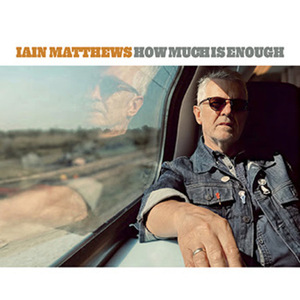
Violated Angels (1967)
by Phil Bailey
Most exploitation films are cinematic fast food forgotten as soon as they are devoured, but there are a few that transcend entertainment into the realm of art. Kōji Wakamatsu’s notorious Violated Angels (1967) is a seldom seen film that deserves some consideration. Clocking in at just under an hour this micro budget take on the Richard Speck nurse murders in Chicago manages to still be effective and disturbing fifty years after it was made.
The film opens with a montage of still images of photographs interspersed with pornography that reveals a young man, The Handsome Boy, who follows his porn viewing with firing his pistol into the ocean. We then cut to a nursing dormitory where one of the nurses is awakened by the sounds of two of her housemates having sex. The house is traditional Japanese with shoji and tatami mats. She then awakens the other girls in the house to peek on the lesbian love making. The nurses have no names and are credited as The Head Nurse, The Young Girl, and Nurse A, B, C, & D. The non-personing of the victims has been understandably read as misogynist, but the experimental ending (that was echoed in George Romero’s Night of the Living Dead with still photos of the police raiding the house far too late to do any good) makes the labeling of the victims feel more the product of the authoritative but ultimately impotent police working out the events of the night.
One of the nurses hears something outside and discovers The Handsome Boy and inexplicably invites him in to get a better look at the girls he, and everyone else were peeping on. Seeing the naked girls in person causes something inside of him to snap. The moment is punctuated by a smash cut to a still image of a crocodile and a whip crack on the soundtrack. He storms into the room pulls the women apart and shoots one of them dead. Another tries to escape and is hauled back into the room and shot. One of the nurses attempts to seduce him. As he climbs on top of her he half closes the shoji so the girls cannot see the lower half of his body but can see her face and breasts as he attempts to have sex with her. The attempt predictably fails and his mind sees her and the other nurses laughing at him singularly and collectively. He again returns to his gun to penetrate the third of the nurses leaving her dead, naked in the foreground of the grisly tableau.
The nurses will spend the night terrorized by a brutal psychopath for no obvious reason. They will each attempt to save themselves and their friends. They will try to seduce him, threaten him, even appeal to the societal honor towards nurses. None of these approaches reach him and actually spur him to more sadistic treatment until the final nurse sings him a song of the sea and lulls him to sleep in her lap as the sun rises.
Violated Angels is not an easy watch. The entirety of the movie is from the killer’s perspective; you experience his mind and the brutal reality of the situation without any reprieve. There is no comic relief, no subplots, no character development. The girls are trapped in one room where the rest of the film will unfold. The framing of the film with the small room and hallway creates a proscenium with the girls in the room and the killer in the hall. The nurses’ bodies clutter the space as they are killed. The nurses and the audience are forced to continually, visually, confront the deaths.
Kōji Wakamatsu’s film is beyond low budget. Costing just a few thousand dollars and employing amateur actors and shot in black and white (with moments of jarring color) with available light it is a bleak affair. Virtually no music and the endless sounds of the ocean keep the unease at a maximum. The film is brutal but quite compelling, taking no glee in the horrors presented on screen, but refusing to shy away from them either.
Violated Angels has a well deserved reputation as a shocking horror film that seems to have landed it on the unofficial list of movies that must not be released on video in the U.S. along with Song of the South and the un-cut (or at this point any cut) of Ken Russell’s 1971 classic, The Devils. It is way past time for Kôji Wakamatsu’s films to find an audience in the west. If Teruo Ishii’s Horrors of Malformed Men and Inferno of Torture be safely enjoyed by American’s I think we can handle Violated Angels, Go-Go Second Time Virgin and the Secret High School Girl series.












